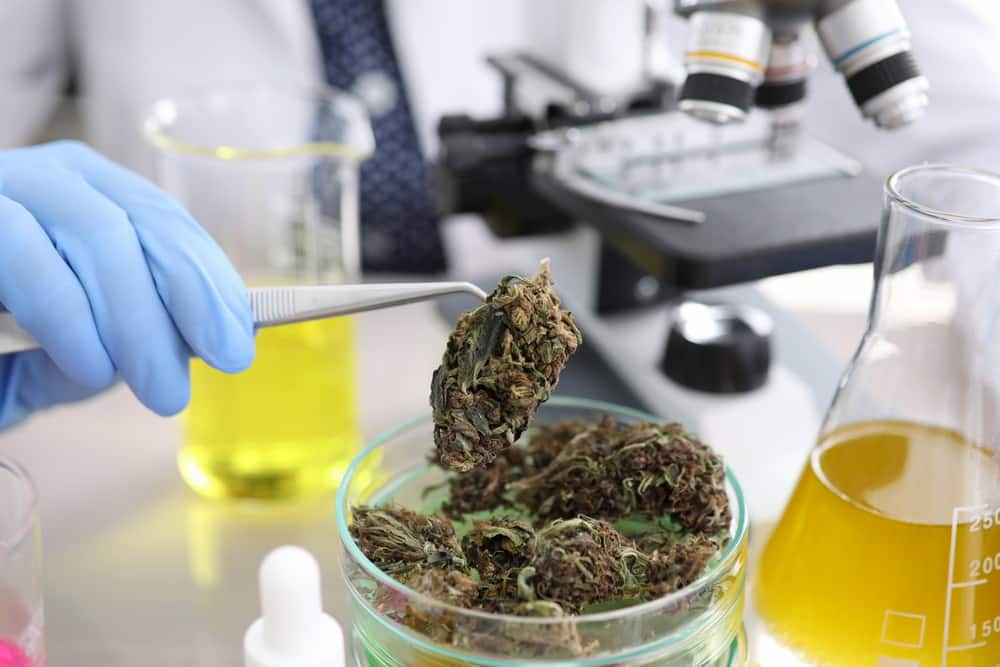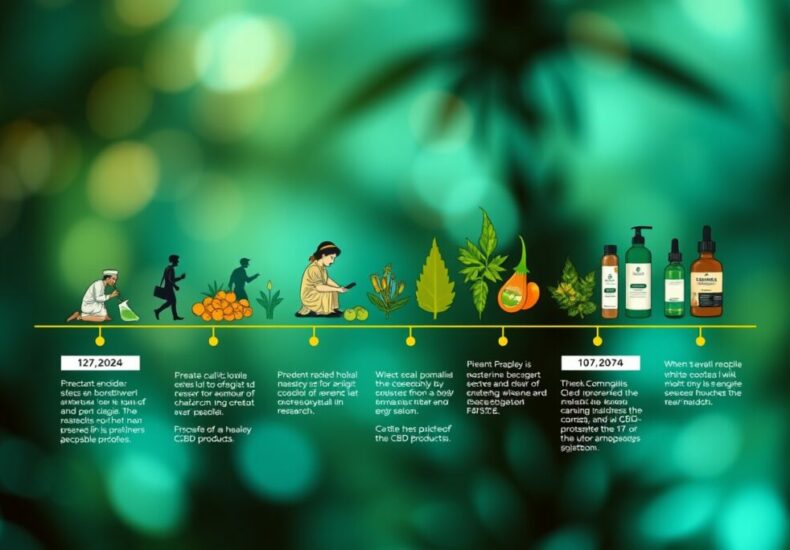
The use of cannabis has deep roots in human history, having been used for millennia in various spiritual, medicinal, and recreational contexts. However, it is only in relatively recent times that cannabidiol, or CBD, has been isolated and understood as one of the key components of the plant. For those seeking to fully appreciate the value of CBD today, it is essential to know and understand the historical evolution that has brought it to prominence.
Early Records of Cannabis Use in Ancient Medicine
The earliest written references to the use of cannabis for medicinal purposes date back to around 1500 BCE, in Asia. During this time, cannabis plants naturally contained CBD along with low levels of THC. However, the healers of that era were unaware of the specific chemical compounds within the plant. They used various parts of the cannabis plant to treat a range of ailments, without understanding the distinction between compounds such as CBD and THC, as we do today.
By 200 CE, Chinese and Taiwanese doctors were already using cannabis as an anesthetic. Ancient texts from this period also mention its use to treat constipation, rheumatic pain, female reproductive issues, and even malaria. These empirical treatments demonstrate how, thousands of years ago, there was already an intuitive understanding of cannabis’s therapeutic potential, even though the science behind it was still unknown.
The First Direct References to Cannabis Compounds
Despite cannabis’s millennia-long use, awareness of specific compounds like CBD did not emerge until the 19th century. The first direct reference to these compounds came in 1839, when Irish physician William Brooke O’Shaughnessy published a study on the therapeutic effects of cannabis. Although he did not yet identify specific cannabinoids, O’Shaughnessy noted that cannabis extracts had analgesic and muscle-relaxant properties, paving the way for modern understanding of CBD.
In 1850, an article in the American Journal of Pharmacy and Chemistry further highlighted cannabis’s pain-relieving effects, showing a growing awareness of the medicinal benefits of the plant’s compounds. This marked the beginning of a long journey towards identifying and isolating CBD as we know it today.

The Expansion of CBD Research in the 1970s and 1980s
More advanced scientific studies on CBD began to take shape in the 1970s and 1980s, albeit in a context still limited by international and national regulations. One of the most significant breakthroughs occurred in 1980, thanks to the pioneering work of Raphael Mechoulam and Carlini, who discovered that CBD could reduce epileptic seizures in animals. This revolutionary study opened the door to the broader use of CBD for treating refractory epilepsy, a field in which CBD would demonstrate great efficacy in the years to come.
At the same time, other research suggested that CBD could help alleviate anxiety without causing the sedative effects typical of many drugs. This distinction between CBD and THC began to become clearer, increasing medical interest in CBD as a non-psychoactive treatment for various conditions.
The Crucial Role of Historical Knowledge in the Future of CBD
Understanding the historical evolution of CBD is essential to fully appreciate its impact and potential in contemporary medicine. From the early insights of ancient healers in Asia, through the scientific isolation of cannabidiol in the 19th century, to the more recent discoveries of the 1980s, the history of CBD is rich with key moments that have transformed this substance from a simple folk remedy to a powerful ally in modern medicine.








